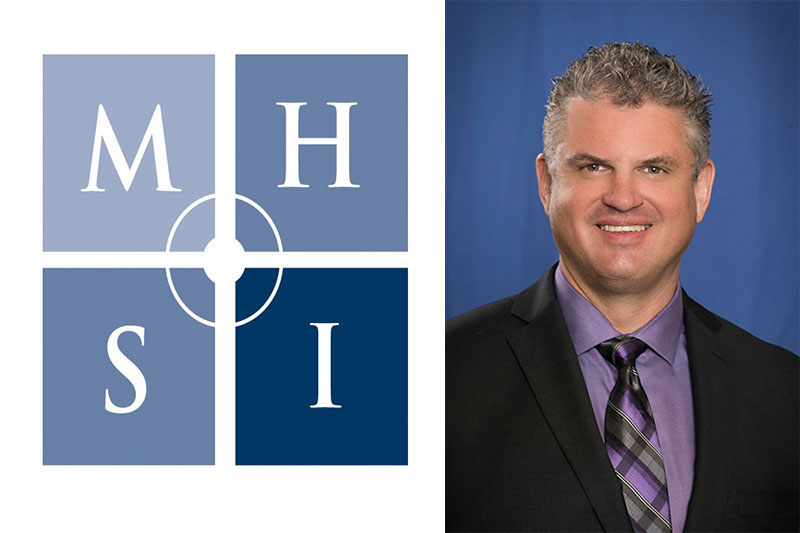Over two-thirds of individuals experience chronic low back pain (LBP) in their lifetime, according to the New England Journal of Medicine. Some of the most common causes of low back pain include the biochemical degeneration of the intervertebral disc (IVD), spinal stenosis, and disc herniation. For these individuals, posterolateral and interbody fusion techniques are frequently considered for those with one- or two-level degenerative disc disease whose symptoms are unresponsive to conservative treatment. Nevertheless, pre-operative diagnostic techniques that may identify those patients with degenerative disc disease without significant neurological compression who may benefit from surgical intervention remain elusive.
Henry C. Tong, M.D. of MHSI and his colleague at Oakland University William Beaumont School of Medicine, Mengqiao Alan Xi, BSc, recently published their research that re-evaluated the effectiveness of lumbar discography with post-discography CT.
Their study results indicate that discography with post-discography CT can be an effective method to evaluate patients with discogenic back pain refractory to non-operative treatments. Those patients with one- or two-level high concordant pain scores with associated annular tears and negative control disc represent good surgical candidates for lumbar interbody spinal fusion.
To read the full study, click this link.
 , has joined the MHSI team of physiatrists. Dr. Freydl specializes in physical medicine treatment of neck and back pain, epidural steroid and platelet rich plasma injections, spine and disc disease, sciatica, neuropathy, joint pain, and spinal cord and peripheral nerve stimulation. He is a board-certified interventional physiatrist, and completed his residency at the Mayo Clinic in Physical Medicine and Rehabilitation.
, has joined the MHSI team of physiatrists. Dr. Freydl specializes in physical medicine treatment of neck and back pain, epidural steroid and platelet rich plasma injections, spine and disc disease, sciatica, neuropathy, joint pain, and spinal cord and peripheral nerve stimulation. He is a board-certified interventional physiatrist, and completed his residency at the Mayo Clinic in Physical Medicine and Rehabilitation.
